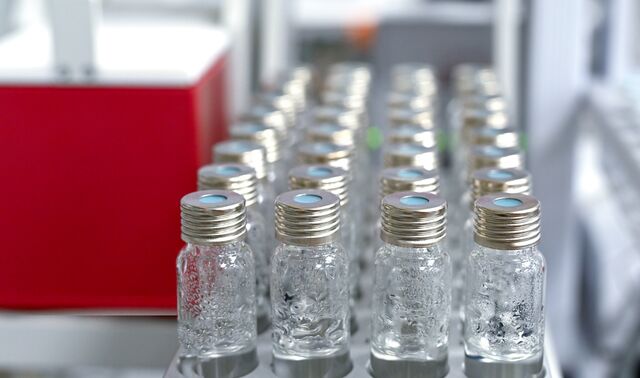SGS, the world’s leading testing, inspection and certification company, has published SafeGuardS 018.24 to provide stakeholders with a summary of Singapore’s plans to regulate two classes of chemicals and several mercury-added products as hazardous substances (HS) under the nation’s Second Schedule of the Environmental Protection and Management Act (EPMA) and the Schedule of the EPM (HS) Regulations.
Singapore is a signatory to both the Stockholm Convention (SC) on persistent organic pollutants (POP) and the Minamata Convention on mercury and its compounds. In respect to this, the country’s National Environment Agency (NEA) is currently holding a consultation on the following groups of chemicals:
1. Medium chain chlorinated paraffins (MCCP) – chlorinated paraffins with carbon chain lengths in the range C14-17 and chlorination levels equal to or greater than 45% chlorine by weight
2. Long-chain perfluorocarboxylic acids (LC-PFCA) with carbon chain lengths from 9 to 21, their salts and LC-PFCA-related compounds
Both substances are candidate POP under the SC after being assessed as highly toxic, persistent and can bio-accumulate to cause long lasting negative effects to the environment. It is probable they will be adopted into Annex A of the SC for elimination at the 12th Conference of the Parties (COP) in 2025. The NEA is attempting to pre-emptively impose regulatory controls on both MCCP and LC-PFCA.
In addition, the NEA is also proposing controls on nine mercury-added products that have been listed under Annex A to the Minamata Convention. They are:
1. Cold cathode fluorescent lamps and external electrode fluorescent lamps for electronic displays
2. Compact fluorescent lamps with an integrated ballast (CFL.i) for general lighting purposes that are ≤ 30 watts with mercury content not exceeding 5 mg per lamp burner
3. Melt pressure transducers, melt pressure transmitters and melt pressure sensors, except those installed in large-scale equipment or those used for high precision measurements
4. Mercury vacuum pumps
5. Photographic film and paper
6. Propellant for satellites and spacecraft
7. Strain gauges for plethysmographs
8. Tire balancers and wheel weights
9. Very high accuracy capacitance and loss measurement bridges and high frequency radio frequency switches and relays in monitoring and control instruments with a maximum mercury content of 20 mg per bridge switch or relay [except those used for research and development purposes]
SGS publishes SafeGuardS to keep stakeholders informed about market and regulatory changes that may impact their business. SafeGuardS 018.24 provides a deeper dive into the proposals being considered in Singapore. It includes a table highlighting the uses of MCCP and LC-PFCA, and a potential timetable for implementation.
Stakeholders should review SGS’s original SafeGuardS 018.24 for more details.
The NEA’s consultation will end on February 15, 2024.
SGS Chemical Testing
SGS offers a comprehensive range of testing services to help manufacturers and suppliers ensure their products are safe and comply with national and international regulations concerning harmful chemicals. In the end, it’s only trusted because it’s tested. Learn more about SGS Chemical Testing Services.
SGS SafeGuardS keep you up to date with the latest news and developments in the consumer goods industry. Read the Singapore Consults Over Two Classes of Chemicals and Several Mercury-added Products as Hazardous Substances SafeGuardS.
Subscribe here to receive SGS SafeGuardS direct to your inbox.
For further information contact:
Dr. HingWo Tsang
Global Information and Innovation Manager
Tel: (+852) 2774 7420
Email: cp.media@sgs.com
Website: www.sgs.com/cp
LinkedIn: SGS Connectivity & Products
About SGS
We are SGS – the world’s leading testing, inspection and certification company. We are recognized as the global benchmark for sustainability, quality and integrity. Our 99,600 employees operate a network of 2,600 offices and laboratories, working together to enable a better, safer and more interconnected world.

